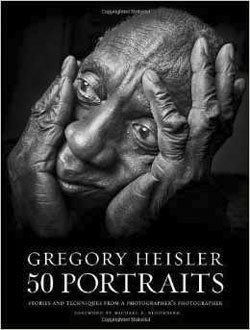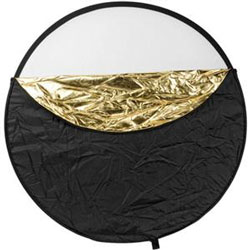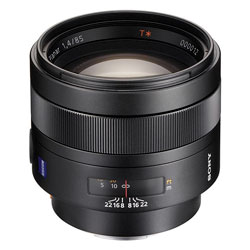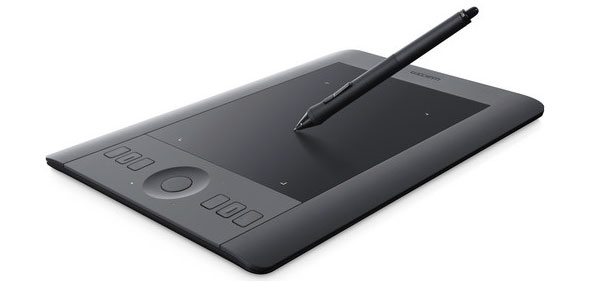Say what you want, despite huge advancements in technology and an abundant choice of photographic gear and possibilities, despite so many more choices the human being to this day remains photography’s most fascinating and rewarding subject/object. Here are a few suggestions on how to improve your portrait photography. Right, you’re a purist and use camera and a good lens only. For an instant inspiration, have a look at Kristian Dowling’s Leica T review. Right, you don’t get such smooth, beautifully lighted portraits straight out of camera. To get the most out of any camera, some of the images are lit by either a Profoto Collapsible Reflector or an Ice Light with the goal of making the light look as natural as possible.

It’s not a strictly technical book. Heisler talks more about how he works. In many ways, this makes for a more valuable and worthwhile read for photographers than if it was just another lighting book. After all first and foremost portrait photography is as well about telling a story. Heisler excerpt:
I try to have my antennae on high alert, sensitive to anything that might catch my eye: a corner, a texture, a slash of light. Often I’m looking for something specific. It might be a spot to turn into a makeshift studio for the afternoon. It might be a room with a view. It’s a search for the telling detail that opens a window onto my subject, helping to tell a piece of the story…

- Silver increases the specular highlights and yields a high-contrast image. It’s perfect for video, product shots and B&W photography.
- Gold produces a natural, golden fill that is great for sunsets or indoor portraits.
- White produces an even, neutral-colored bounce light that works beautifully as a fill light source.
- Black is used as a flag to block light or can be used to subtract light.
- Translucent fabric is used to diffuse light, producing a broad light source and a soft, wrap-around effect.
This is a lot of bang for the buck (or, no-brainer, pay $10 more and get the 40-inch 5-in-1 Westcott collapsible reflector with case).
You simply put the diffuser between the sun and your subject/object and turn harsh ugly direct light into gorgeous, soft, beautiful light that no camera is able to catch without diffuser.
Most importantly, have the right lens.

Be it a 35mm, 50mm or 85mm or a zoom or whatever, each lens is just a tool and it’s entirely up to you what to make of it.
A moderate telephoto lens, say a fast 85mm prime, would be the classic choice. My personal 85mm favorite so far is the Sony Zeiss 85mm F1.4 Planar T*, a marvel of glass with totally creamy, buttery bokeh blur.
AF speed is moderate, don’t try to shoot landscape. Portraits however are of a smoothness and crispness you’d expect from such pricey Carl Zeiss optics.
And because everyone else does heavy post-processing you might want to consider a Wacom tablet for retouching. Your competitors do it, everyone does it. Want to make money from photography? Retouching is not an option, it’s a necessity of the job. Personally haven’t used this new model but heard great things about the truly small and portable Wacom Intuos Pro. You might say $227 for what. It will make a bigger difference than you think.

Last but not least, essential software? Depending on your preferences there’s a ton of essential portraiture plugins, filters and effects available. Whatever your own style and “trademark portrait look,” never a bad choice is Perfect Photo Suite 8 ($169).
At the click of automated tools the software improves skin texture, removes blemishes and enhance eyes, teeth and lips to create flawless portraits while maintaining natural and realistic skin structure. Also available as a Lightroom and Aperture plugin ($79).
Now you got all the essential tools. You might take classes, many are available online. To however create and develop your own, distinctive style nothing beats trial and error by practice, practice, practice.


